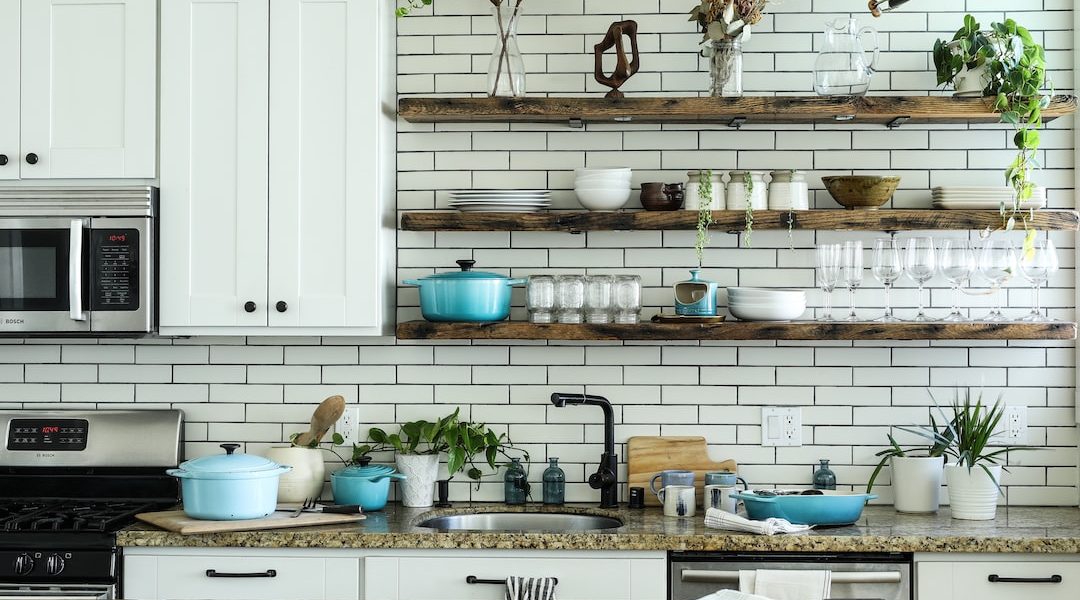
Brighten Up Your Cooking Space: Kitchen Lighting Solutions
The kitchen is often considered the heart of the home, where meals are prepared, conversations are had, and memories are made. It is a space that requires proper lighting for both functionality and ambiance. Poor lighting in the kitchen can lead to accidents, eye strain, and a lack of productivity. On the other hand, the right lighting can enhance the look and feel of your kitchen, making it a more inviting and enjoyable space to be in.
Types of Kitchen Lighting: Pros and Cons
There are several types of kitchen lighting options to consider, each with its own pros and cons. Overhead lighting is the most common type and provides general illumination for the entire space. However, it can create shadows and glare, making it difficult to see certain areas of the kitchen. Task lighting is used to illuminate specific work areas such as countertops or stovetops. While it is great for providing focused light, it can sometimes be too bright or too dim for certain tasks. Ambient lighting creates a warm and inviting atmosphere in the kitchen but may not be bright enough for cooking. Accent lighting is used to highlight decorative features such as artwork or architectural details. While it adds visual interest, it can sometimes be too focused and create harsh shadows.
LED lighting has become increasingly popular in recent years due to its energy efficiency and long lifespan. LED bulbs use less energy than traditional bulbs and can last up to 25 times longer. However, they can be more expensive upfront compared to traditional bulbs. Smart lighting is another option that allows you to control your kitchen lights with your phone or other smart devices. This offers convenience and customization but may require additional setup and initial cost.
Overhead Lighting: Choosing the Right Fixtures
When choosing overhead lighting for your kitchen, there are a few factors to consider. First, think about the size and layout of your kitchen. If you have a large kitchen with high ceilings, you may need multiple fixtures to adequately light the space. On the other hand, if you have a small kitchen, a single fixture may be sufficient. Next, consider the style and decor of your kitchen. Choose fixtures that complement the overall aesthetic of the space. For example, if you have a modern kitchen, sleek and minimalist fixtures may be the best choice. Lastly, opt for adjustable or dimmable options for versatility. This allows you to control the brightness of the lights depending on your needs and preferences.
Task Lighting: Illuminating Your Work Areas
Task lighting is essential for illuminating specific work areas in the kitchen such as countertops, stovetops, and sinks. One popular option for task lighting is under-cabinet lighting. These lights are installed underneath the upper cabinets and provide direct light onto the countertop. This is especially useful for tasks such as chopping vegetables or reading recipes. Another option for task lighting is pendant lights. These lights are hung from the ceiling and can be placed over islands or tables where food preparation or dining takes place. Pendant lights not only provide focused light but also add a decorative element to the kitchen. Lastly, consider track lighting for flexibility. Track lighting consists of multiple adjustable fixtures mounted on a track, allowing you to direct light exactly where it is needed.
Ambient Lighting: Creating a Warm and Inviting Atmosphere
Ambient lighting is important for creating a warm and inviting atmosphere in the kitchen. One popular option for ambient lighting is recessed lighting. These lights are installed into the ceiling and provide a subtle glow throughout the space. Recessed lighting is great for evenly illuminating the kitchen without creating harsh shadows or glare. Another option for ambient lighting is a chandelier or pendant light. These lights serve as a focal point in the kitchen and add a touch of elegance and sophistication. Lastly, consider wall sconces for a cozy feel. Wall sconces are mounted on the walls and provide soft, indirect light. They can be placed strategically to create a warm and inviting ambiance in the kitchen.
Accent Lighting: Highlighting Your Favorite Features

Accent lighting is used to highlight decorative features in the kitchen such as artwork, architectural details, or display shelves. One option for accent lighting is spotlights. Spotlights are adjustable fixtures that can be directed towards a specific feature to draw attention to it. For example, if you have a beautiful piece of artwork in your kitchen, you can use spotlights to showcase it. Another option for accent lighting is toe-kick lighting. Toe-kick lighting is installed at the bottom of cabinets or baseboards and creates a dramatic effect by illuminating the floor. This is especially useful if you have a kitchen island or peninsula with a toe-kick space. Lastly, consider using LED strips for a modern touch. LED strips are flexible and can be installed under cabinets or along the edges of shelves to create a subtle glow.
LED Lighting: Energy-Efficient and Long-Lasting
LED lighting has become increasingly popular in recent years due to its energy efficiency and long lifespan. LED bulbs use less energy than traditional bulbs, which can lead to significant savings on your energy bills. Additionally, LED bulbs can last up to 25 times longer than traditional bulbs, reducing the need for frequent replacements. LED bulbs also come in a variety of colors and styles, allowing you to customize the look and feel of your kitchen. Whether you prefer warm white light or cool white light, there is an LED bulb that will suit your needs.
Smart Lighting: Control Your Kitchen Lights with Your Phone
Smart lighting allows you to control your kitchen lights with your phone or other smart devices. This offers convenience and customization, allowing you to adjust the brightness and color of your lights with just a few taps on your phone. Some smart lighting systems can even be integrated with other smart home devices, such as voice assistants or motion sensors. For example, you can set up your lights to turn on automatically when you enter the kitchen or control them with voice commands. However, it is important to consider the initial cost and setup requirements before investing in a smart lighting system. Some systems may require additional equipment or professional installation, which can add to the overall cost.
Lighting Design Tips: Making the Most of Your Space
When designing the lighting for your kitchen, it is important to consider a few key tips to make the most of your space. First, layer your lighting for maximum functionality and ambiance. This means using a combination of overhead lighting, task lighting, ambient lighting, and accent lighting to create a well-rounded lighting scheme. This allows you to adjust the brightness and mood of your kitchen depending on the time of day or the task at hand. Second, use a mix of fixtures for variety. Instead of relying solely on one type of lighting, mix and match different fixtures to create visual interest and depth in your kitchen. Lastly, consider the color temperature of your bulbs for the right mood. Warm white light (around 2700-3000K) creates a cozy and inviting atmosphere, while cool white light (around 4000-5000K) creates a bright and energizing ambiance.
Transform Your Kitchen with the Right Lighting
In conclusion, proper lighting is essential for both functionality and ambiance in the kitchen. The right lighting can enhance the look and feel of your kitchen, making it a more inviting and enjoyable space to be in. When choosing kitchen lighting, consider your needs and preferences as well as the size and layout of your kitchen. There are several types of lighting options to choose from, each with its own pros and cons. Whether you opt for overhead lighting, task lighting, ambient lighting, accent lighting, LED lighting, or smart lighting, make sure to design a lighting scheme that suits your style and enhances the functionality of your kitchen. With the right lighting, your kitchen can become a functional and inviting space where you can cook, entertain, and create lasting memories.
You may also like
Written by Kyle
Hot Posts
- 10 Stunning Bedroom Design Ideas to Transform Your Sleep Space
- 5Funky Kitchen Gadgets to Keep Your Home Cooking Delicious
- A Home Garden For All Seasons
- Add Warmth and Style to Your Home with a Wooden Pendant Lamp
- Adding Drama to Your Decor With a Pendant XL Light
- Adorable Table Lamp for Kids’ Room
- Affordable Solar Garden Lights: A Smart Purchase
- Antique Table Lamps & Lighting at Auction
Category Guide
Schedule
- April 2025
- March 2025
- February 2025
- January 2025
- December 2024
- November 2024
- October 2024
- September 2024
- August 2024
- July 2024
- June 2024
- May 2024
- April 2024
- March 2024
- February 2024
- January 2024
- December 2023
- August 2023
- July 2023
- June 2023
- May 2023
- April 2023
- March 2023
- February 2023
- December 2022
- November 2022
- October 2022
- September 2022
- July 2022
- March 2021
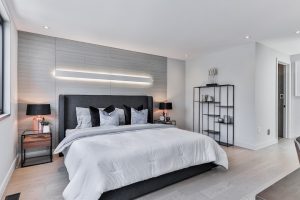

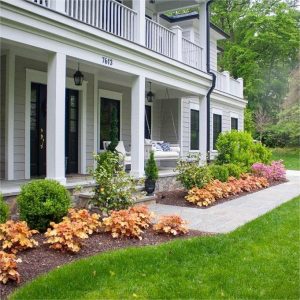
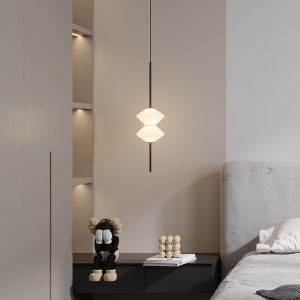

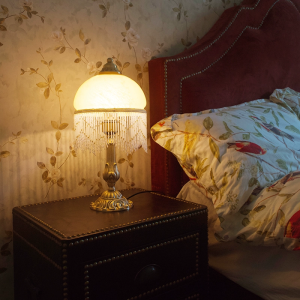
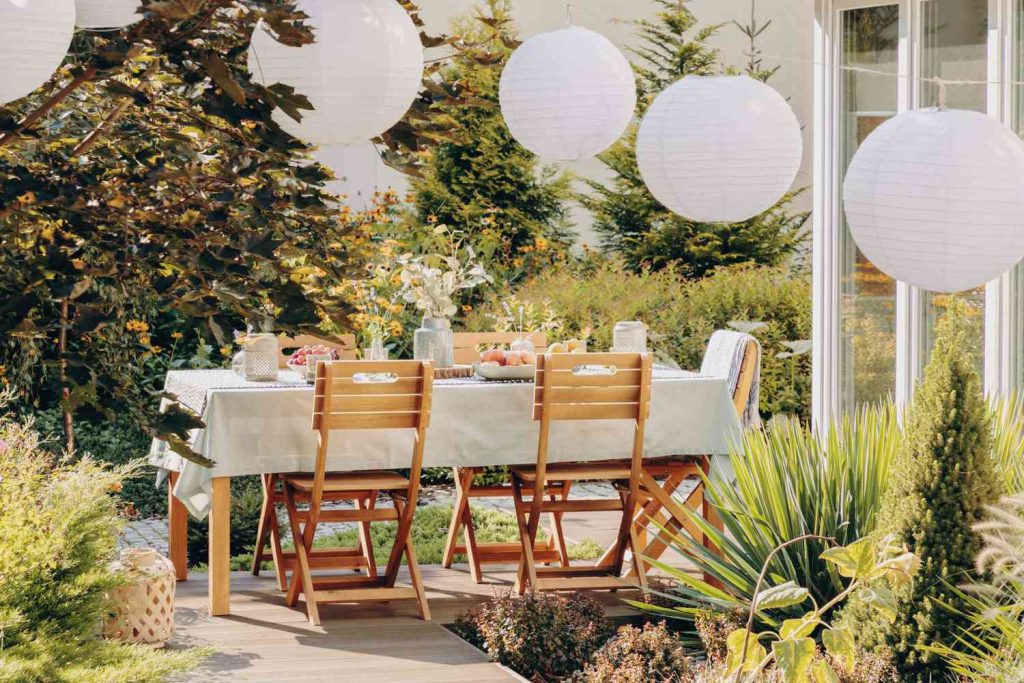

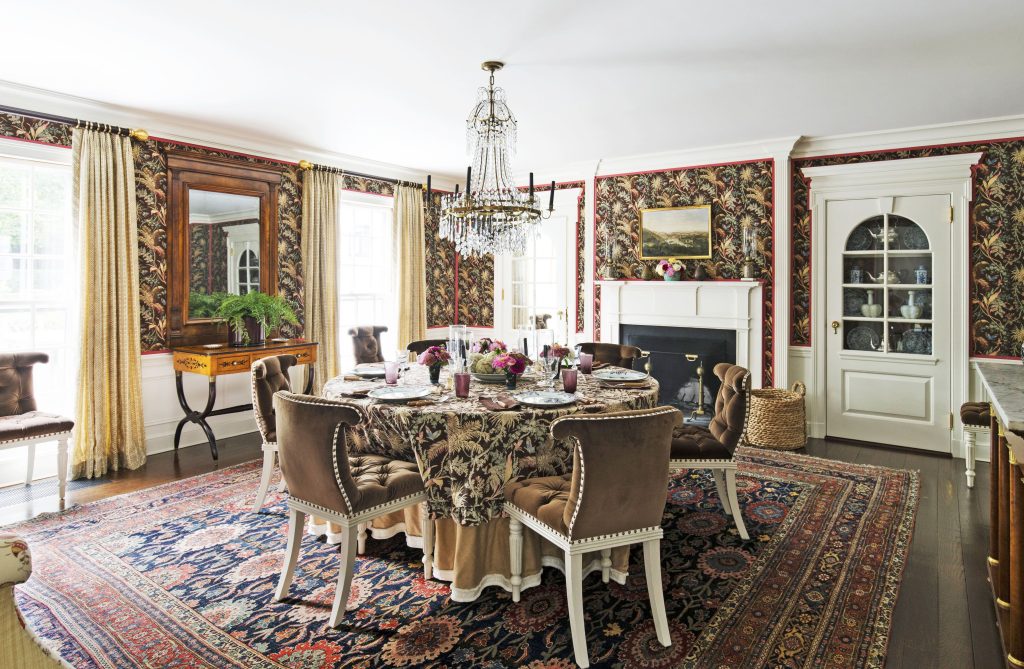


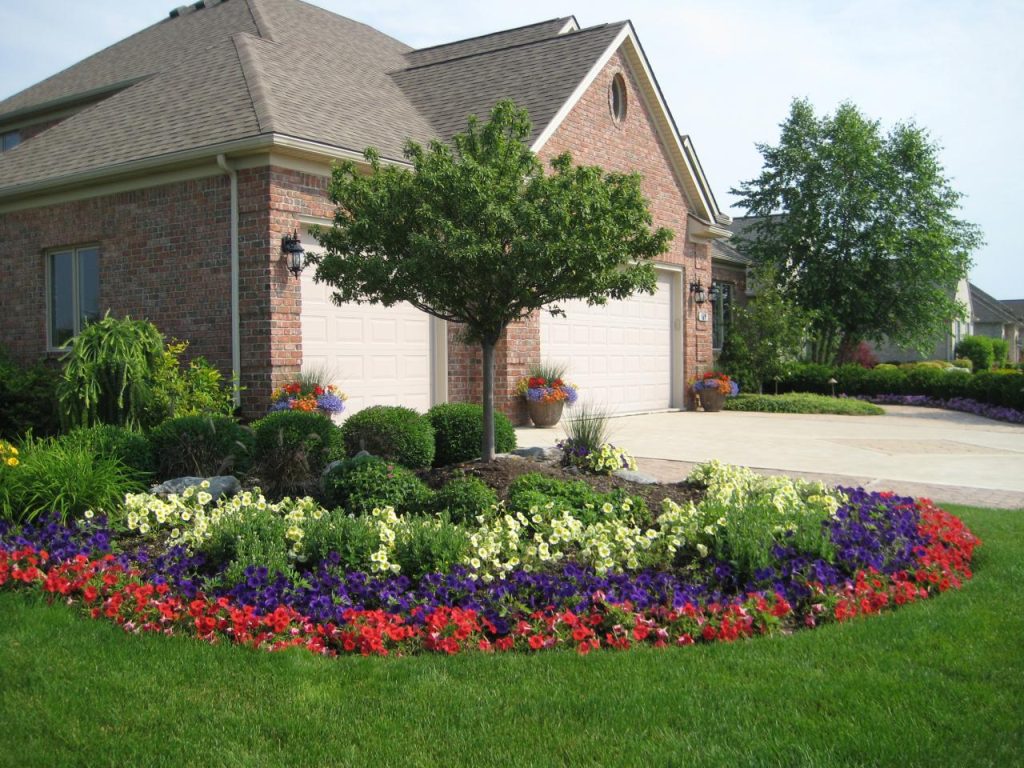
Leave a Reply